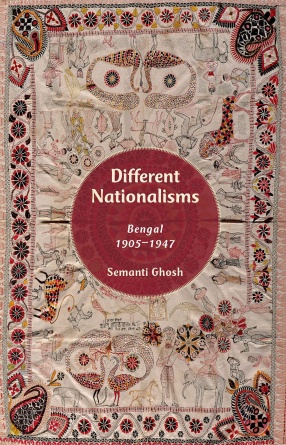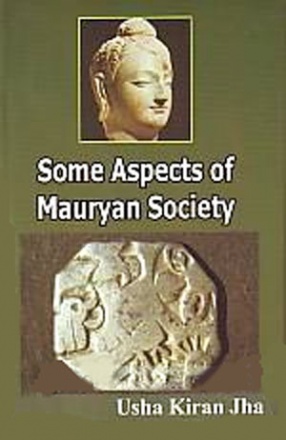The period between the partition of Bengal in 1905 and the Partition of India in 1947 was witness to a unique experience of ‘imagining’ nations in Bengal. With neither the Bengali Muslims nor the Bengali Hindus envisioning homogenous ideas about nationhood, many contesting and alternative visions emerged, both within and between the two communities. These ‘other’ nationalisms were not ‘anti-national’, but creeds of either a ‘federal Indian nation’ with ‘regional autonomy’, or a ‘regional nation’ on its own strength. In Different Nationalisms, Semanti Ghosh goes beyond the Muslim-Hindu and nationalism-communalism binaries to reveal an unfamiliar terrain of hidden contestations over the concept of nation in colonial Bengal. For several of these competing ideologies, Partition, rather than being an expected or even desired outcome, was an anti-climax in their long-drawn battle for a nation.
Contents: Introduction. 1. Unity and difference in a divided homeland, 1905-11. 2. Promises and politics of a new nation, 1912-25. 3. Politics of enumeration and the changing nation, 1926-36. 4. Two coalitions and three moments of failure, 1937-45. 5. Pakistan, partition and the province, 1946-7. Conclusion. Bibliography. Index.





There are no reviews yet.